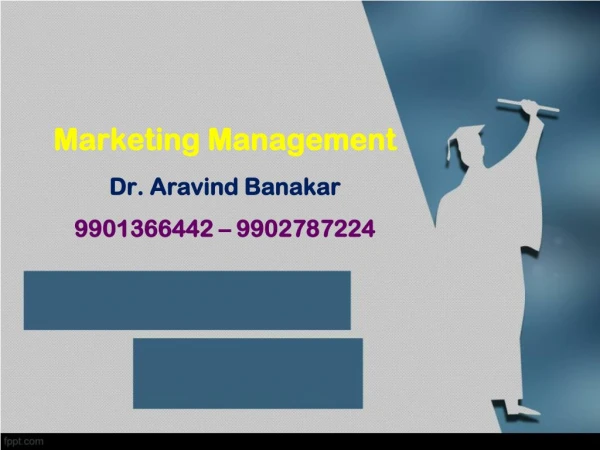Give the objectives, in detail, for developing a mobile app
Assignment Solutions, Case study Answer sheets Project Report and Thesis contact aravind.banakar@gmail.com www.mbacasestudyanswers.com ARAVIND – 09901366442 – 09902787224 Marketing Management Case Studies Case Study (20 Marks) Today, more than half of Japanese people carry smartphones.1 As a result, consumer behavior has forever changed. When consumers want to know, do, buy, or go, they turn to their phones and expect brands to provide immediate answers. At Google, we call these micro moments: crucial moments in which decisions are made and preferences are shaped. Many of these micro moments happen on mobile. According to Google research, 49% of Japanese consumers take search results into consideration when making purchase decisions.2 For initial searches, consumers use mobile more than any other device;3 and 40% of consumers say they’ve used a mobile device to compare products.2 Car Sensor, a used car information service, and its operator, Recruit Marketing Partners, saw the opportunity to embrace micro moment sand followed three steps: 1. Identify consumers’ micro moments Recruit Marketing Partners knew that consumers looking to purchase cars have many I want to know and I want to buy moments throughout their journeys. In fact, 70% of searches for popular vehicle models are made from a smartphone.4 Research conducted by Recruit Marketing Partners also revealed that people’s tendency to look for information on their smart phones and mobile apps is likely to increase. Knowing this, the company invested in its mobile app with the goal of increasing conversions and winning loyal users. 2. Deliver the right information at the right time To make its mobile app convenient and helpful to car buyers, Recruit Marketing Partners took two approaches. First, it outfitted the mobile app with deep links. Users who had already installed the app would see a link to a specific section of the app when searching for vehicle images on Google. This made it possible for users to navigate to the corresponding image of the vehicle model in the mobile app with just one click. Second, the company displayed ads tailored to each user by leveraging its in app behavior log. It could show the most relevant creative content to each user based on brand and price preferences. 3. Measure the results Since searches and conversions within the mobile app may occur several months after its installation, Recruit Marketing Partners determined ROI based on Life Time Value CPA (LTVCPA), which considers a six month period from the time of installation instead of just relying on the app's CPI. As a result of the company’s efforts, the number of conversions from the mobile app has gradually risen and now accounts for roughly 15% of total conversions. As they move forward, Car Sensor and Recruit Marketing Services are going to continue delivering on consumers’ micro moments. Recruit Marketing Partners’ Operating Office of Internet Business, Sakurai Kohei said, "In the future, I want to focus on the idea of micro moments that Google advocates. When we conducted ethnographic research through a different medium to closely analyze the behavior of a large number of consumers, we found a certain amount of mobile usage during those in between moments, like when waiting for an elevator. I think it will become more important in the future to understand and respond to the specific behavior of consumers." Answer the following question. Q1. Give an overview of the case. Q2. Give the objectives, in detail, for developing a mobile app for the loyal consumers Assignment Solutions, Case study Answer sheets Project Report and Thesis contact aravind.banakar@gmail.com www.mbacasestudyanswers.com ARAVIND – 09901366442 – 09902787224
★
★
★
★
★
78 views • 6 slides

